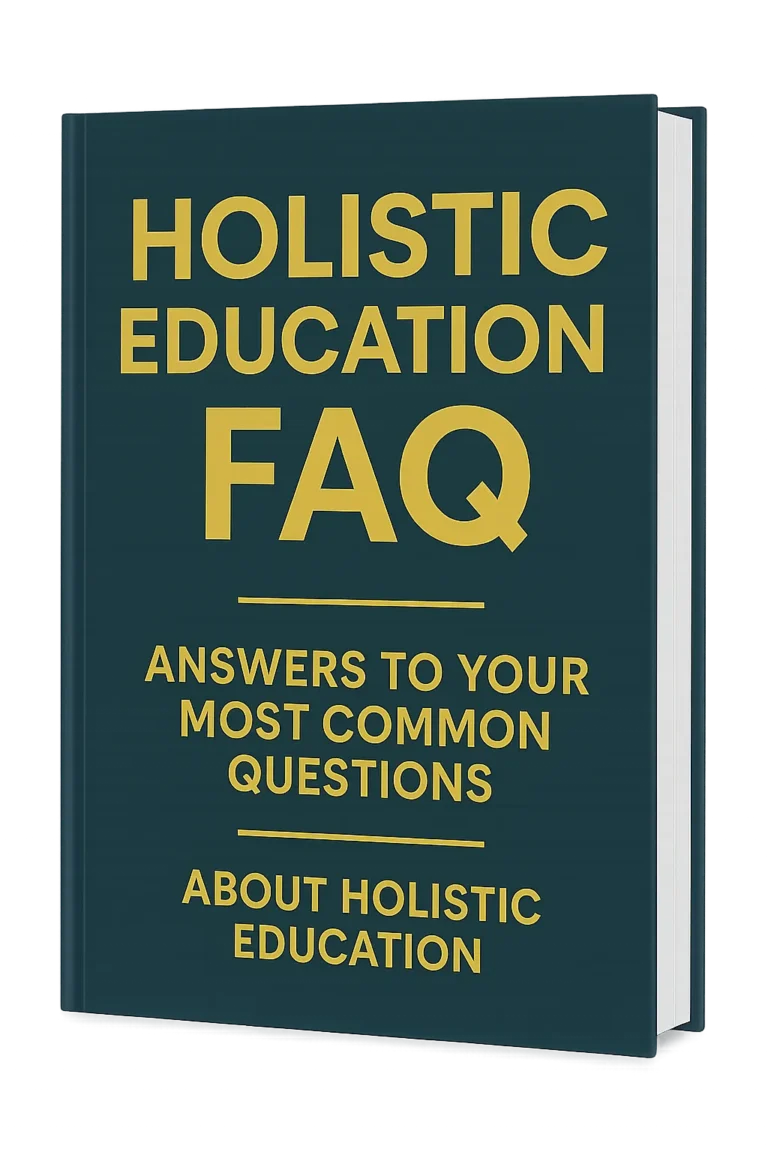
Attention Teachers and Parents
The Ultimate Guide to Holistic Education Success
Start Here
What You Need to Know About Holistic Education
Holistic Education FAQ pages are designed to provide clarity for parents, teachers, and educators looking to support the whole child. Holistic education goes beyond academic achievement—it nurtures emotional, social, and moral development. This page answers the most common questions around implementing holistic teaching strategies in school and at home using expert-backed insights from the Tricycle Model framework.
Deepen Your Understanding
Explore More on Holistic Education
Want to deepen your understanding of holistic education beyond the FAQs? Visit our Tricycle Model page to discover how emotional, physical, and cognitive growth are balanced through our unique educational approach. You’ll also find real-life examples and free tools for parents and teachers to apply today.
Start Here
Trusted Research in Holistic Education
Holistic education FAQ pages help parents and teachers understand the deeper value of educating the whole child. Holistic education is a globally recognised approach that nurtures intellectual, emotional, social, and ethical development. According to the Association for Supervision and Curriculum Development (ASCD), the Organisation for Economic Co-operation and Development (OECD), and UNESCO, this educational philosophy promotes lifelong learning, equity, and well-being. For further insights into how holistic learning is applied in classrooms, explore Edutopia’s resource hub.
Answers You Can Trust
Holistic Education FAQ for Parents & Teachers
Q1: What is holistic education?
Holistic education addresses the intellectual, emotional, social, physical, and moral needs of the whole child—not just academics. It emphasises experiential learning and human values (Huang et al., 2012; Miller, 2002).
Q2: What are the benefits of holistic education?
Research shows holistic education enhances emotional intelligence, critical thinking, social skills, well-being, and academic performance (Lauricella & MacAskill, 2015; Drewnowski, 2024).
Q3: How does the Tricycle Model reinforce holistic learning?
The Tricycle Model integrates cognitive (thinking), affective (feeling), and psychomotor (doing) domains while uniting teachers, parents, and students in real-world engagement (Sheikh, 2025).
Q4: Is holistic education supported by research?
Yes. A UNESCO-backed review confirms its role in personal and social transformation, especially in primary education settings (Spychalski, 2023), though quantitative studies are still limited (Lee et al., 2022).
Q5: How often should I apply holistic teaching methods?
Holistic principles work best when applied daily—via mindfulness, social reflection, outdoor learning, and integrated project-based activities (Huang et al., 2012).
Q6: Does holistic education maintain academic rigour?
Absolutely. Evidence shows connecting emotional, social, and academic goals enhances student engagement and learning outcomes (Lauricella & MacAskill, 2015).
Q7: What role do parents play in holistic education?
Parents act as co‑educators—reinforcing learning at home, helping set goals, and nurturing their child’s emotional and social growth (Sheikh, 2025).
Q8: Can holistic learning improve mental health?
Yes. Programmes with social-emotional and outdoor learning have been shown to reduce anxiety and increase emotional resilience (Lauricella & MacAskill, 2015).
Q9: How do we measure the impact of holistic education?
While large-scale quantitative studies are limited, qualitative evaluations report improvements in empathy, well-being, social awareness, and academic performance (Spychalski, 2023).
Q10: How can we implement the Tricycle Model?
Start with teacher-parent-student planning sessions. Design weekly lessons covering thinking, feeling, and doing. Use reflective check-ins to assess progress (Sheikh, 2025).

